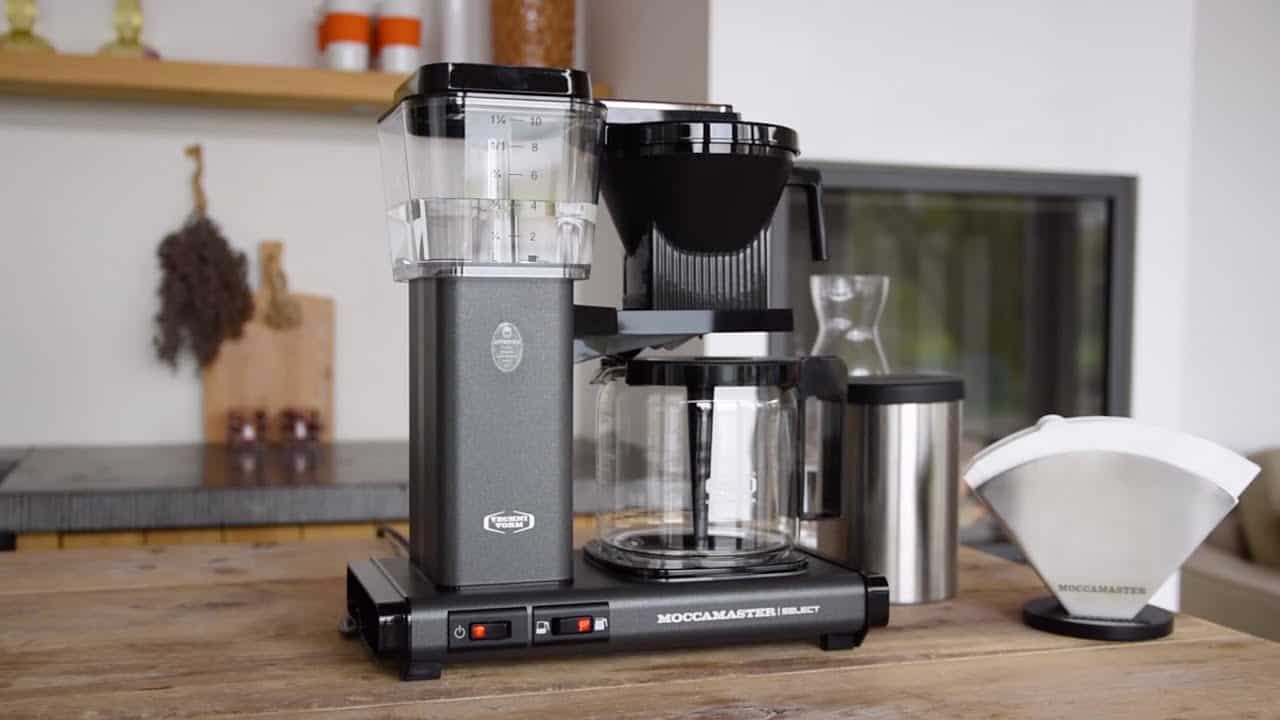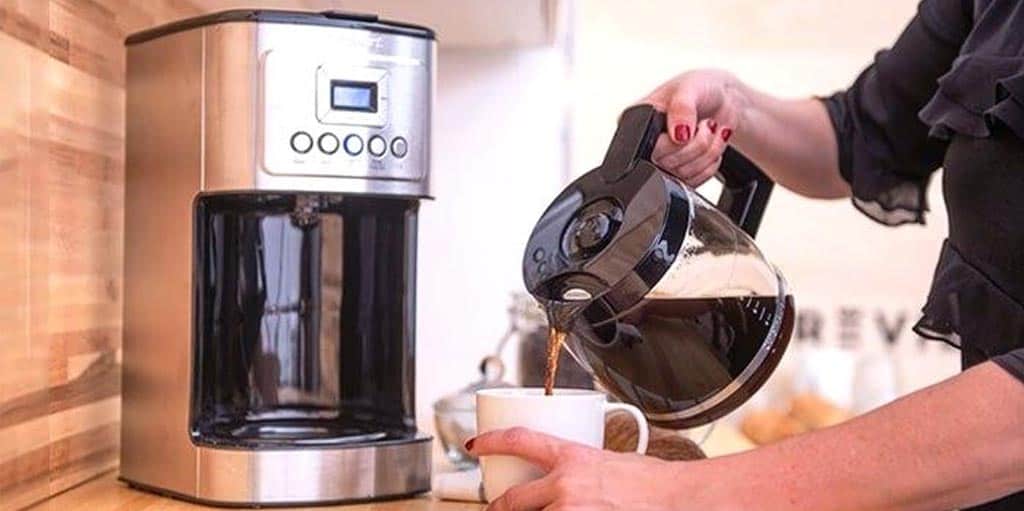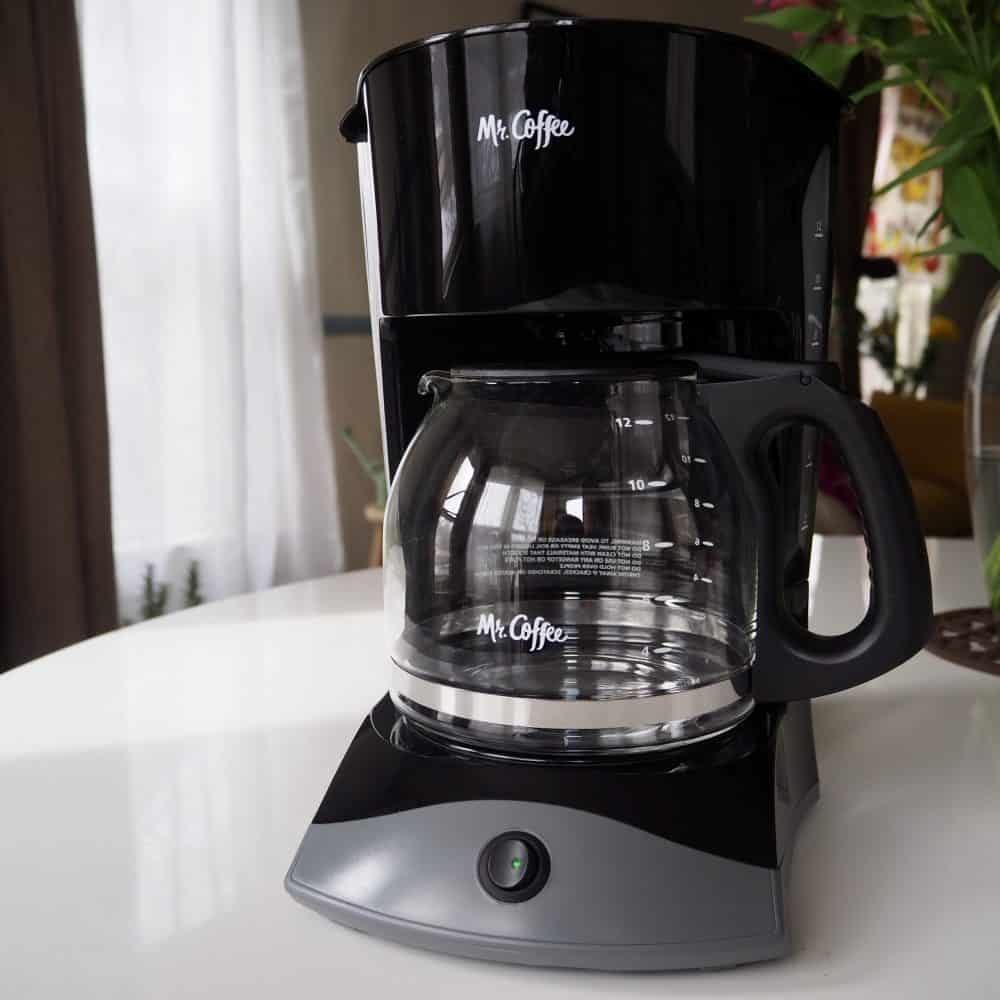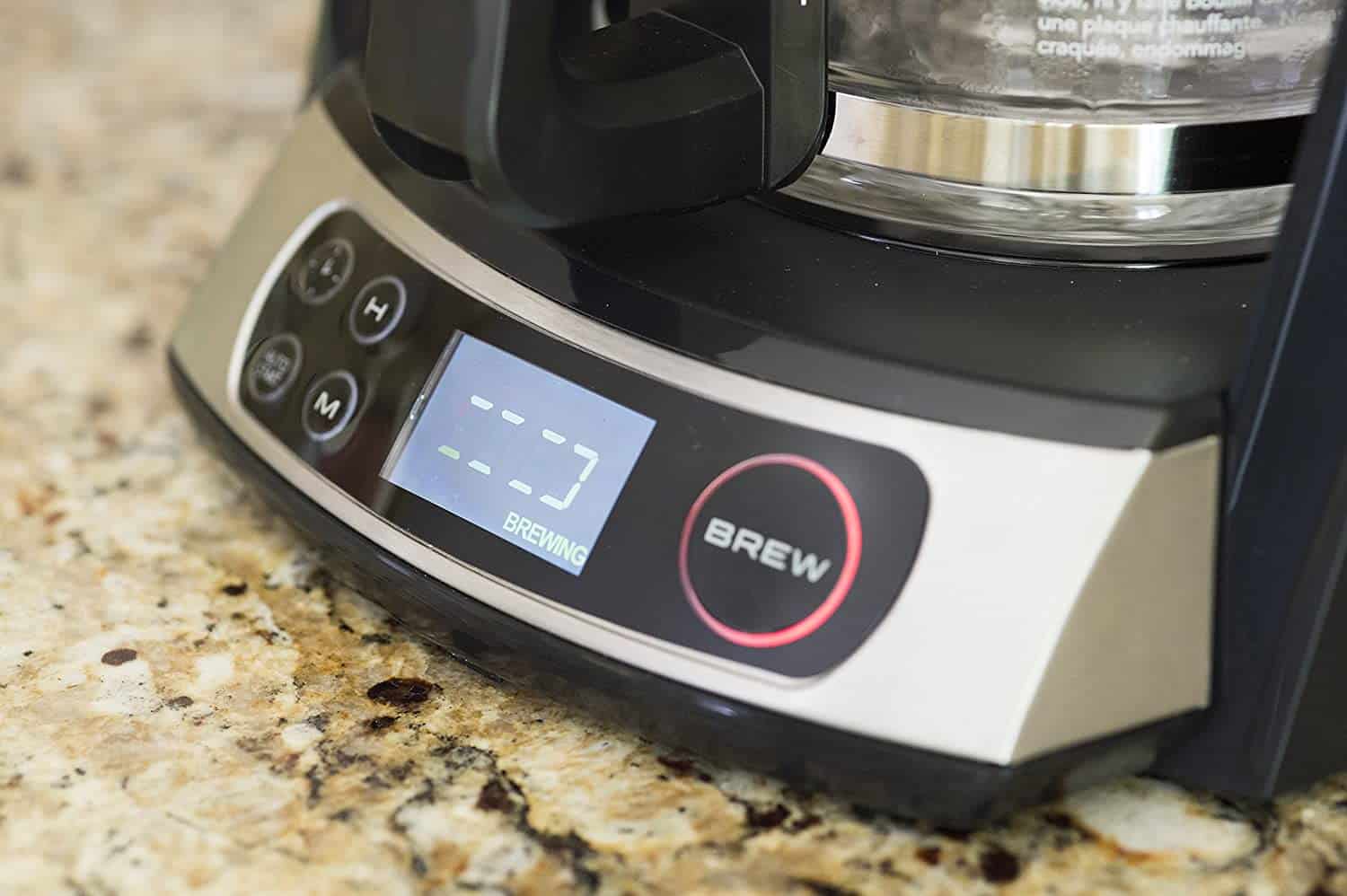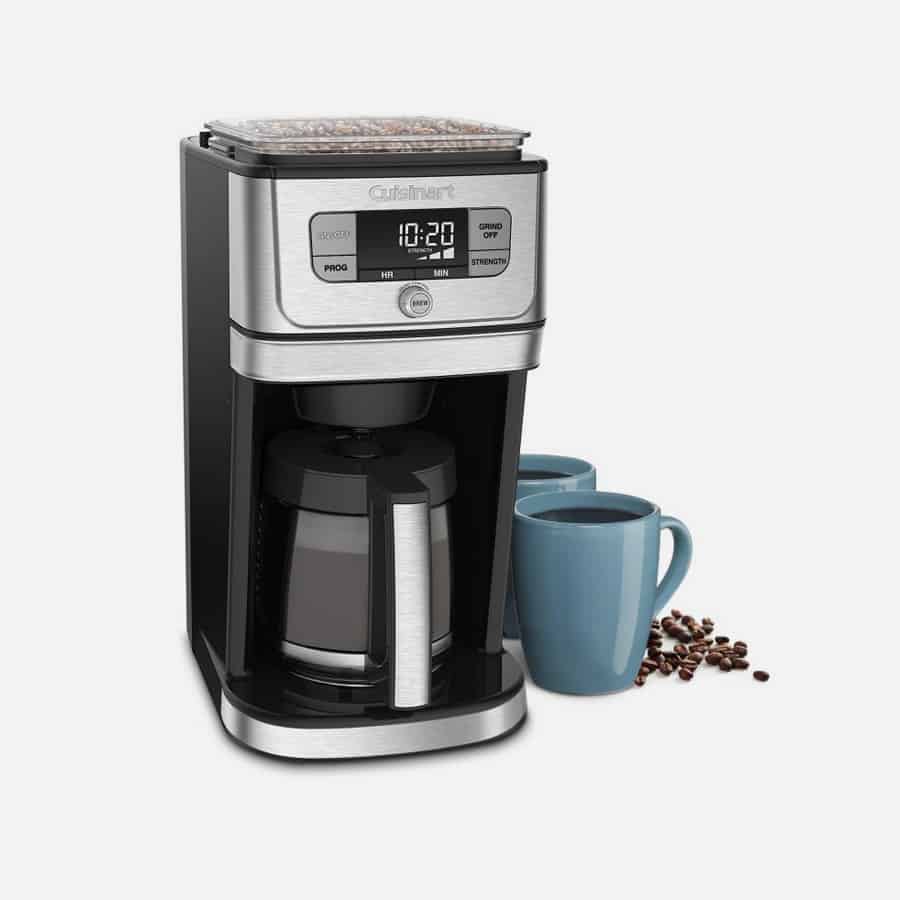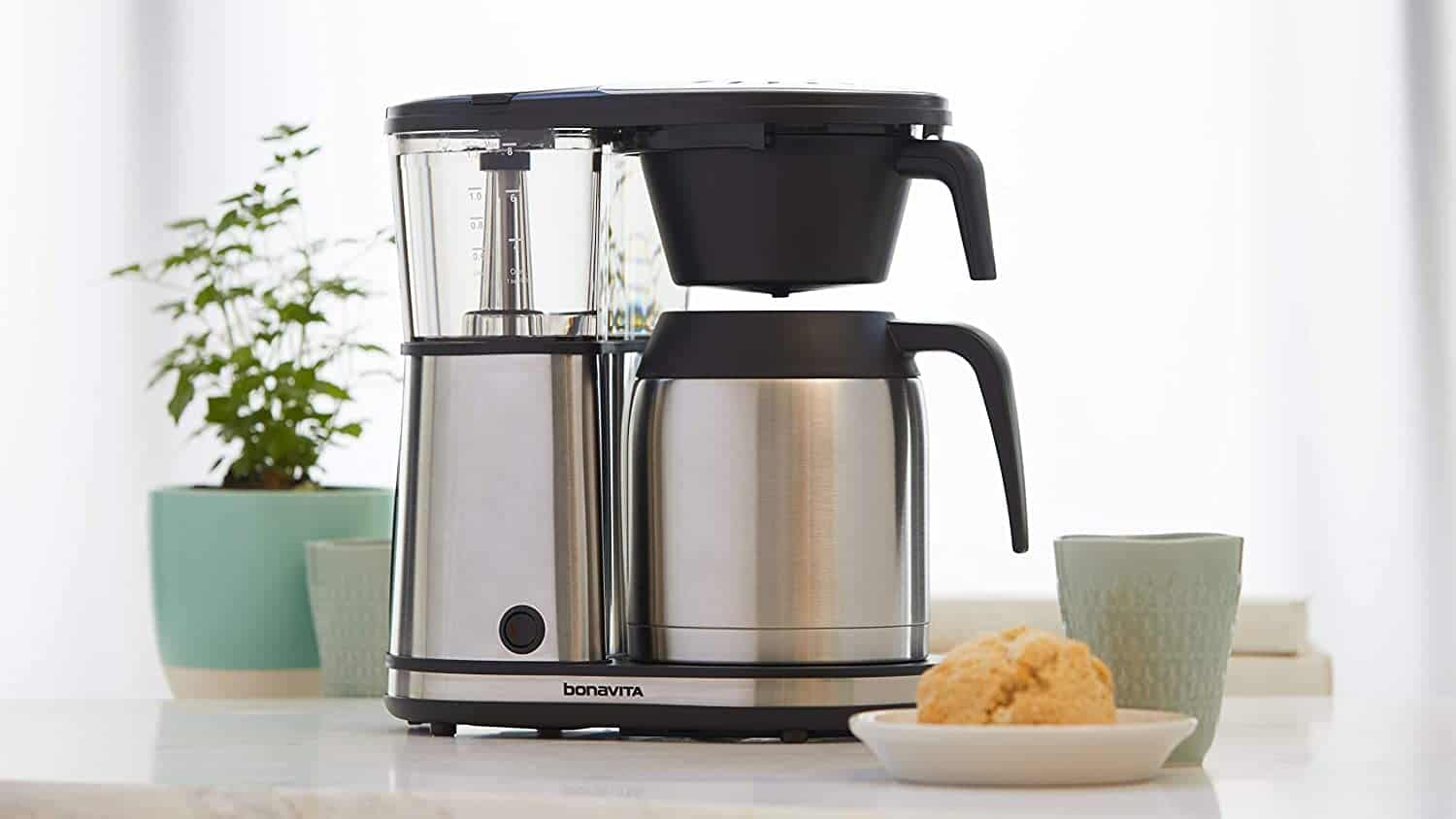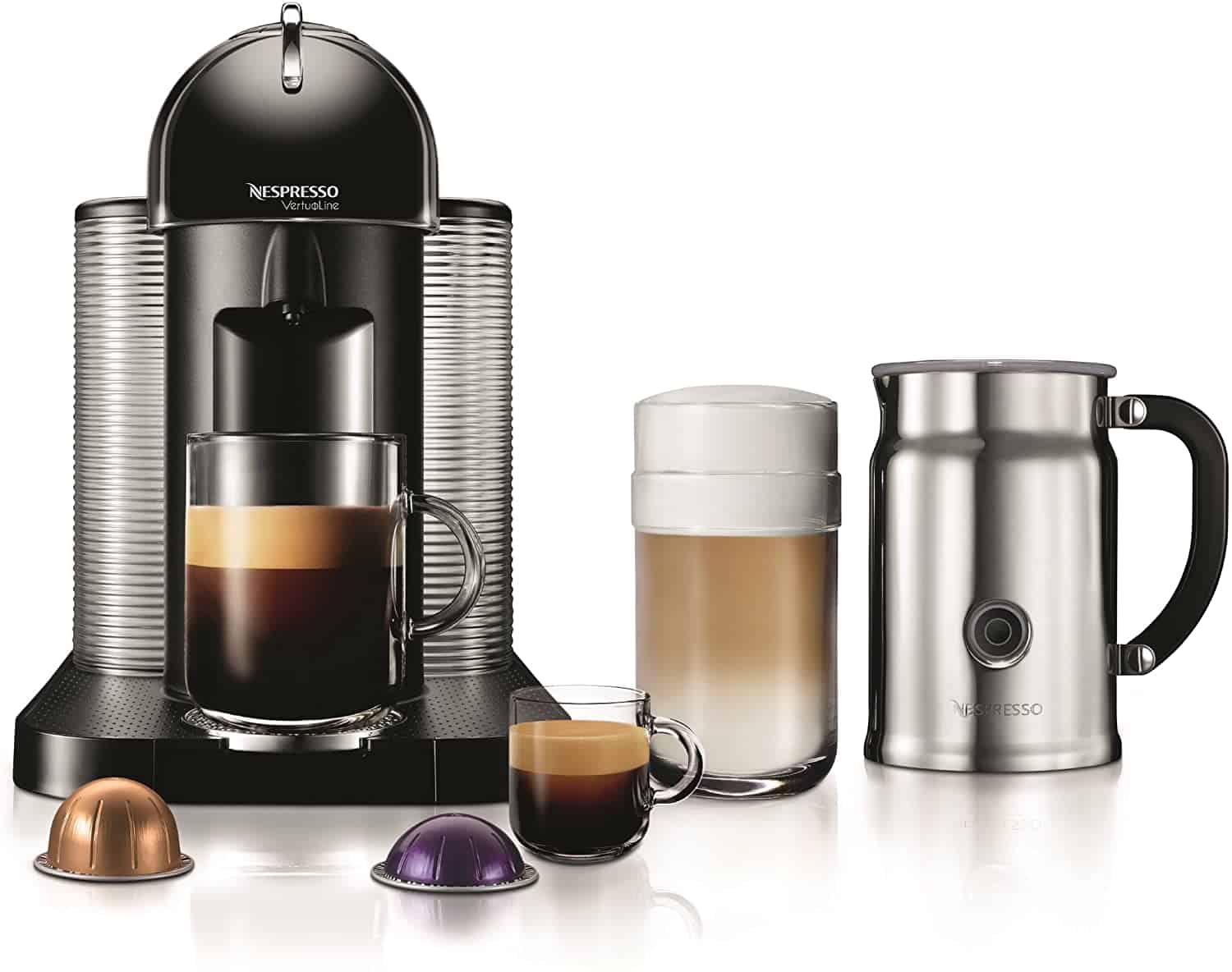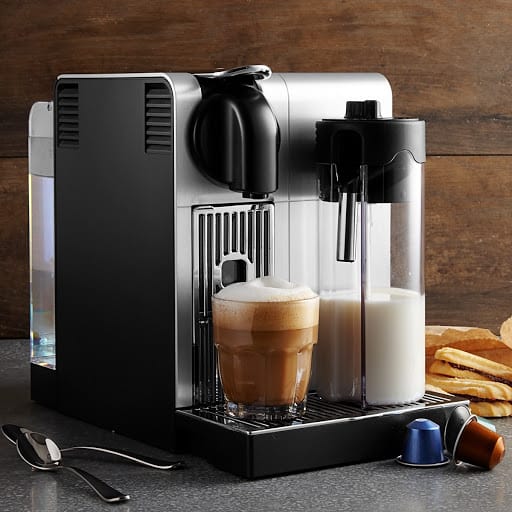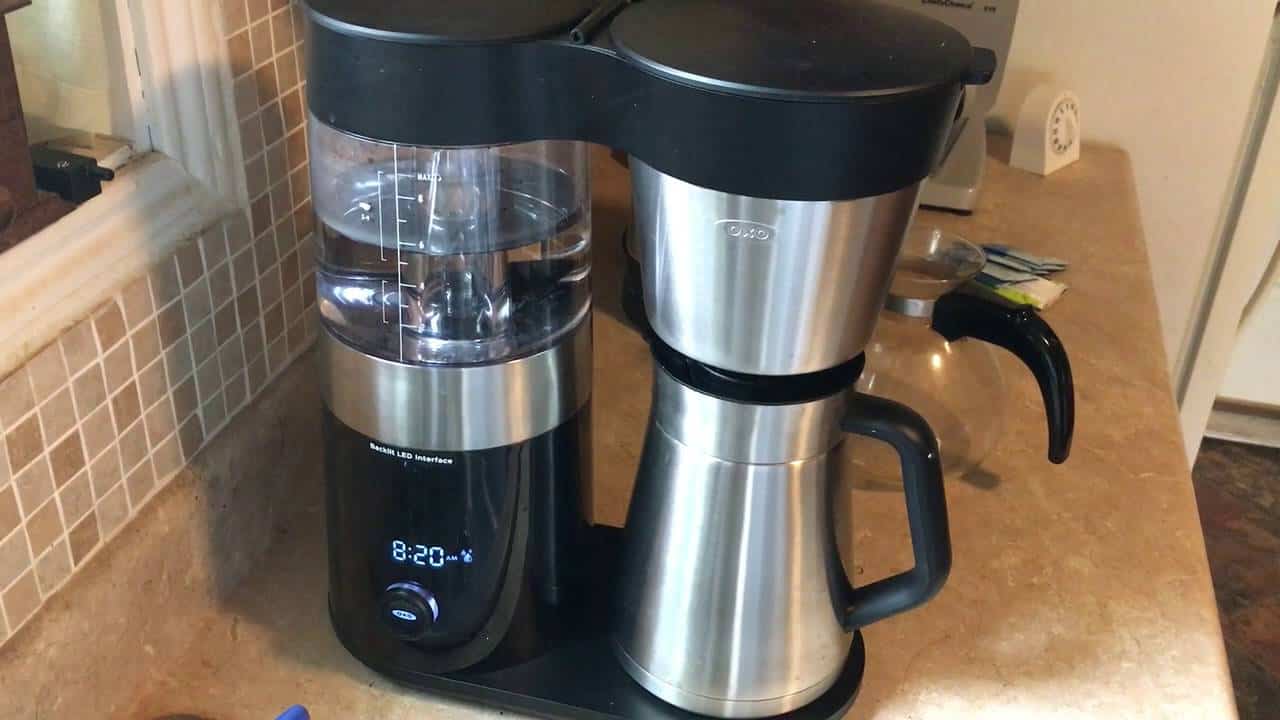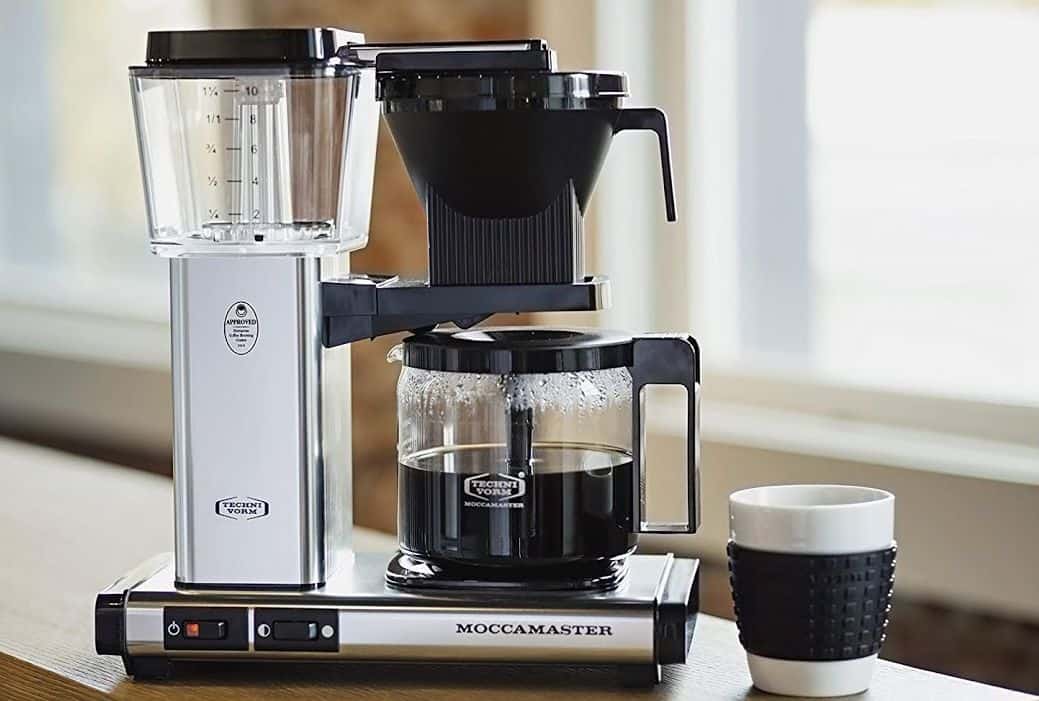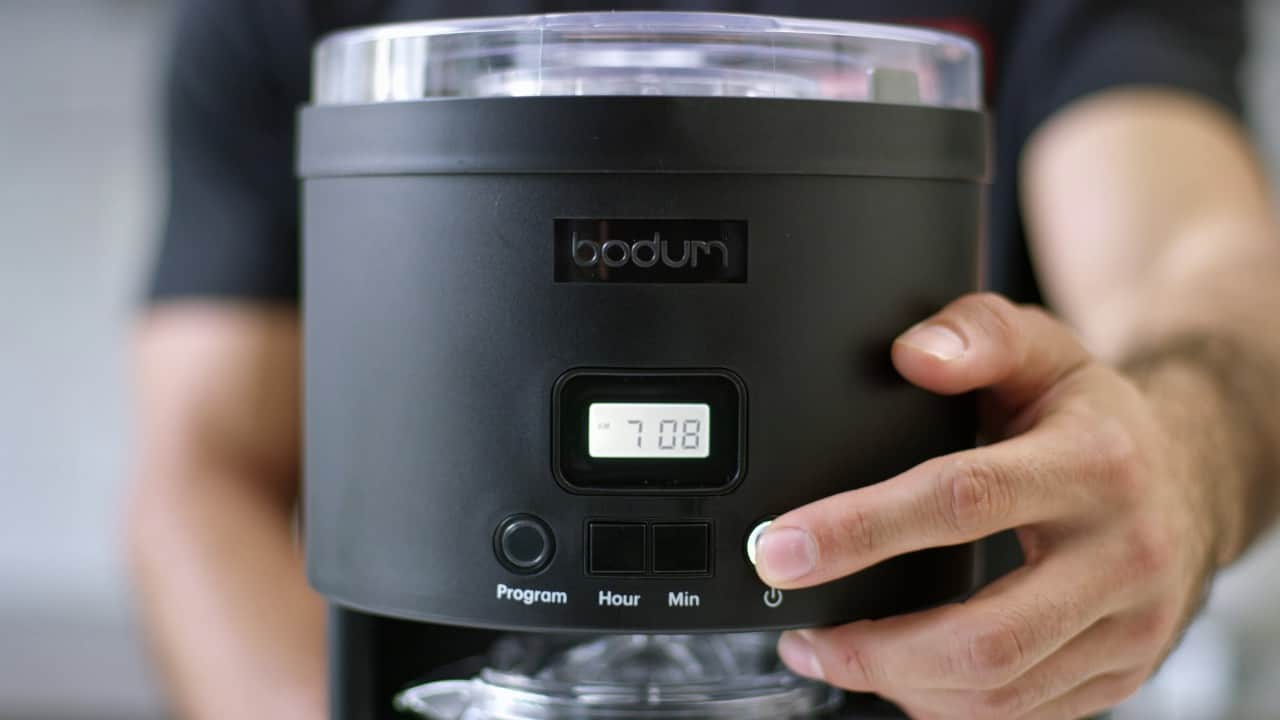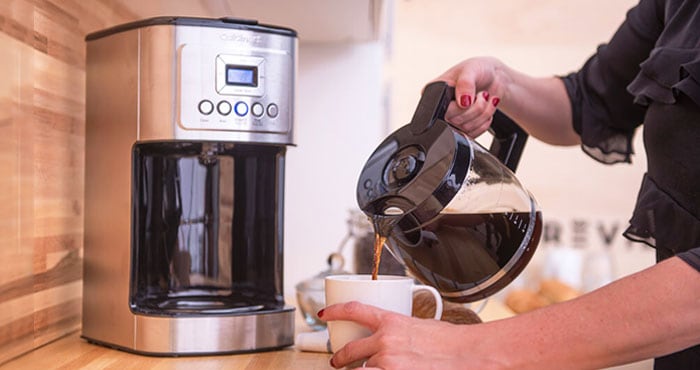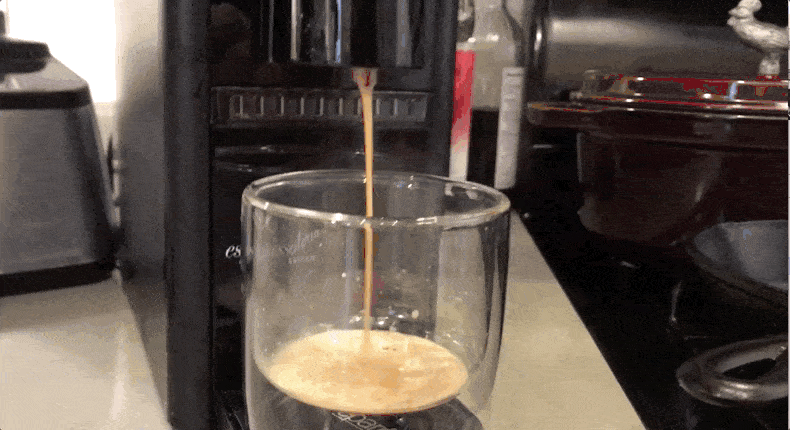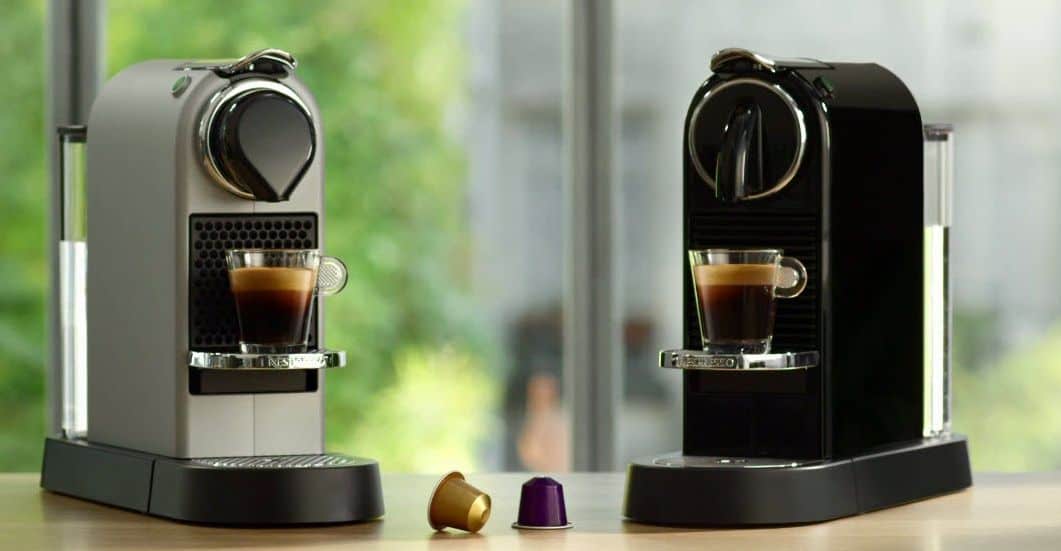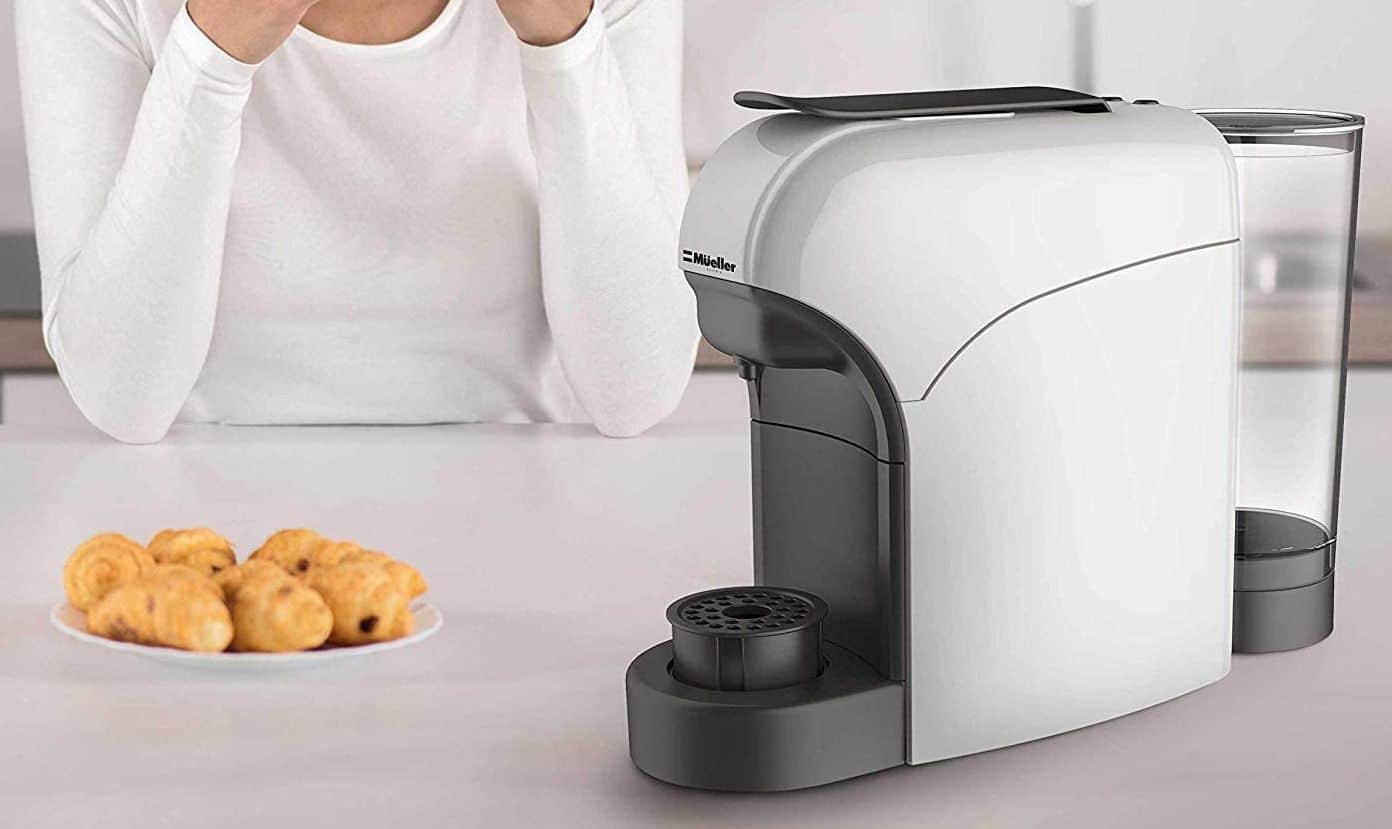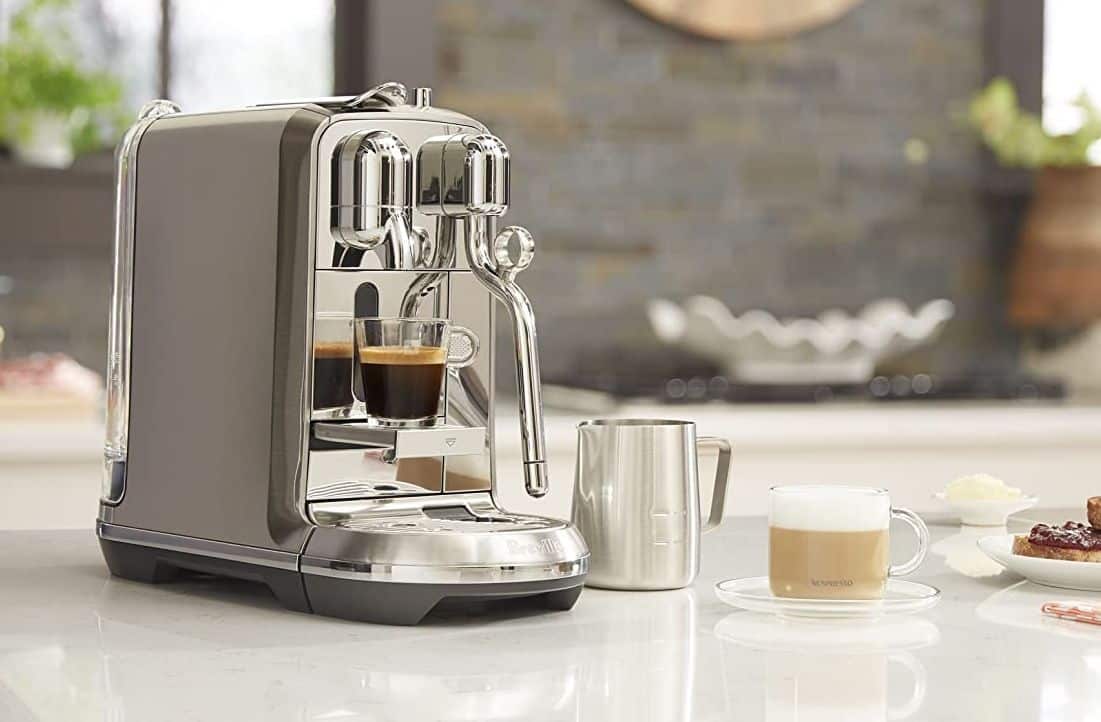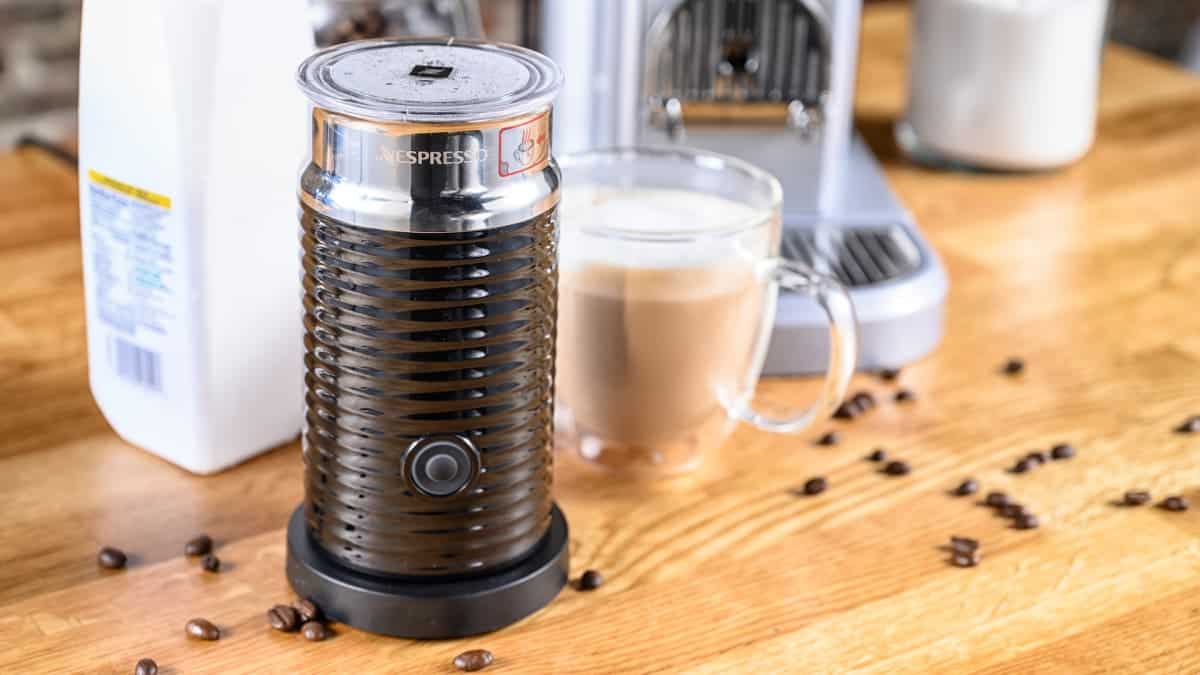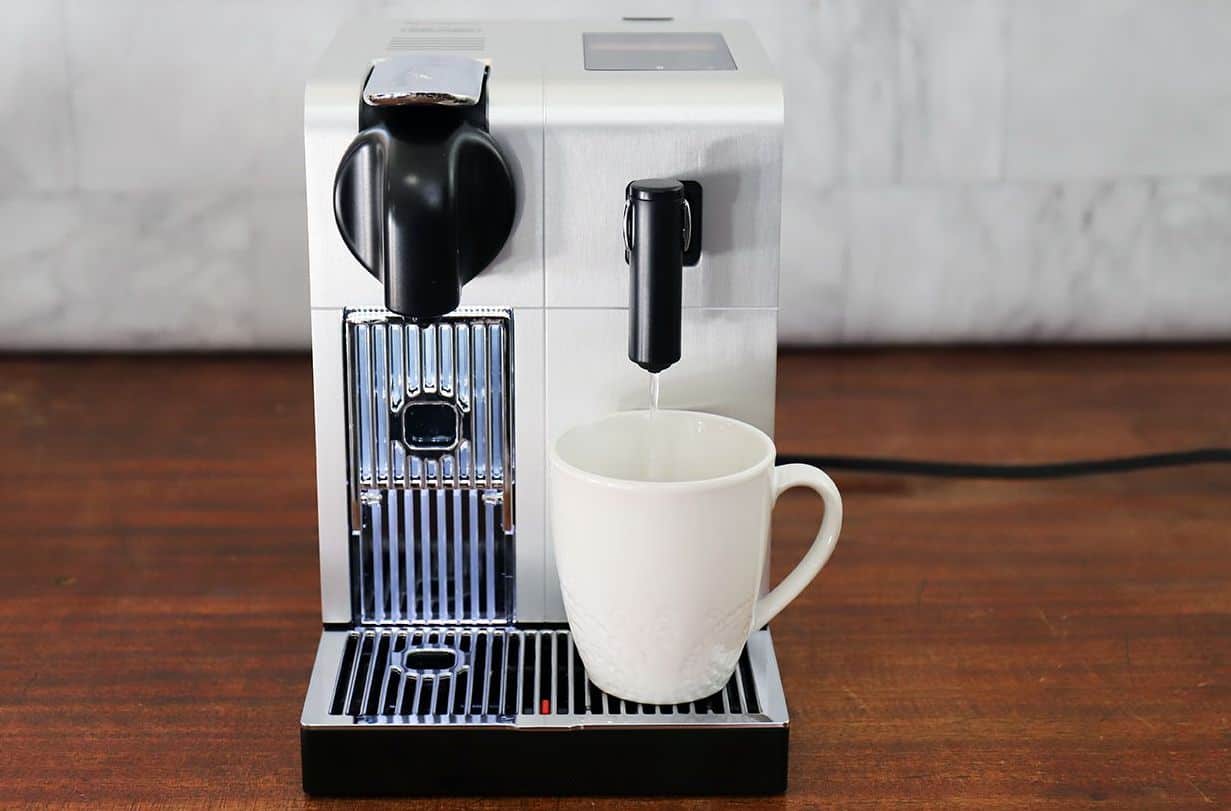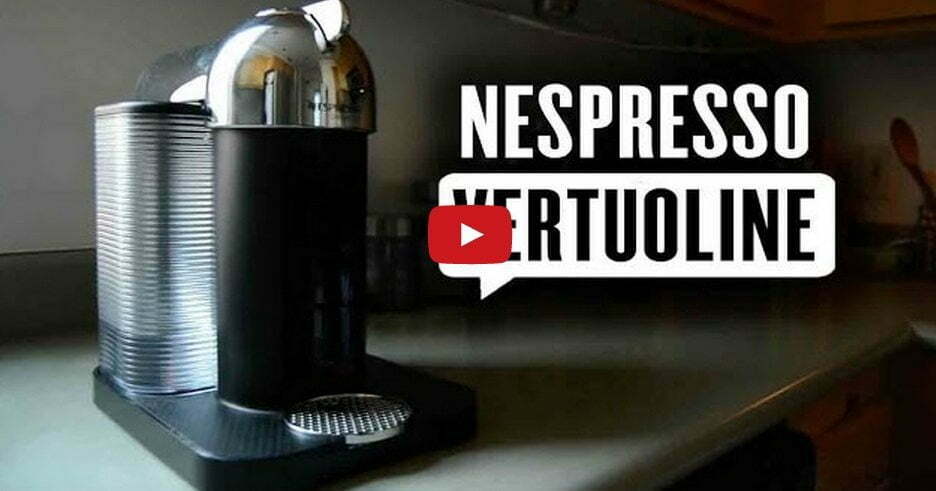Coffee makers tend to build up mineral deposits over time, especially if you live in an area with hard water. This might make you wonder, “Can I use CLR to clean my coffee maker?” Indeed, you can! Keep reading to learn the basics of how to use it properly when cleaning your coffee maker. Of course, if your current machine is too far gone, browse our picks for the best coffee makers on the market.
KEY TAKEAWAYS:
- CLR is suitable for cleaning your coffee maker
- Follow precautions when mixing CLR cleaners, such as using a well-ventilated area
- CLR is eco-safe, with the EPA Partner of the Year recognition
What is CLR?
CLR, which stands for Calcium Lime Rust, is a mixture of several acids, including lactic acid and citric acid. These chemicals break apart rust, calcium, and lime deposits formed on your coffee brewing appliance without damaging its metal or plastic parts.
Insider Tip
Read the manual that comes with your coffee maker to learn whether specific cleaning tools are required.
How to Clean a Coffee Maker With CLR
Tools Needed: CLR
Cleaning your automatic drip coffee makers with CLR is a straightforward process. Just follow the steps below.
Step 1
In a well-ventilated area, mix one part of the CLR stain remover with eight parts of clean, warm water, which should be warm to emulsify with the cleaning solution. This ratio won’t damage your coffee maker.
Step 2
Run the liquid through your coffee maker on a brew cycle.
Step 3
Once the brew cycle is complete, dispose of the cleaning solution down the drain.
Step 4
Run your coffee maker through two more brew cycles using only clean, cold water to clear out any remaining solution.
Safe Use of CLR on Applicable Coffee Makers
The CLR website clearly states that their household chemicals aren’t suitable for coffee makers that hold water permanently in a reservoir. The same goes for espresso machines and specific brands, such as Keurig, Cuisinart, and Gevalia. If there’s a mineral buildup in your Keurig appliance, check out how to descale a Keurig properly.
For optimal safety, read the manual that comes with your machine to learn which specific cleaning tools are safe to use. In one of our other articles, learn if you can use bleach to clean your coffee maker when removing rust stains and more.
Warning
Choose a well-ventilated area when using CLR as breathing the fumes can cause lung irritation and exacerbate certain medical conditions.
F.A.Q.S
Is CLR better than vinegar for cleaning a coffee maker?
White vinegar can tackle mild stains from coffee grounds, but CLR is the clear favorite for eliminating lime or even calcium deposits inside your coffee machine. CLR’s cleaning formula disintegrates residue quickly for a timely cleanup.
How do you dispose of CLR or a solution of CLR and warm water after use?
After running the Lime & Rust remover through your coffee maker, pour the liquid down the kitchen sink slowly. Follow that with cold water to eliminate all traces of CLR. Alternatively, pour it down the toilet and flush afterward.
What about the safety of my family and the environment?
The CLR brand received the U.S. EPA Safer Choice Partner of the Year Award from 2015 to 2021. The recognition shows that CLR products have human and environment-friendly characteristics, which are safer than similar products from other brands.
STAT: A whopping 54% of adults drink coffee on a daily basis, making it one of the most popular rituals to kick off the day. (source)















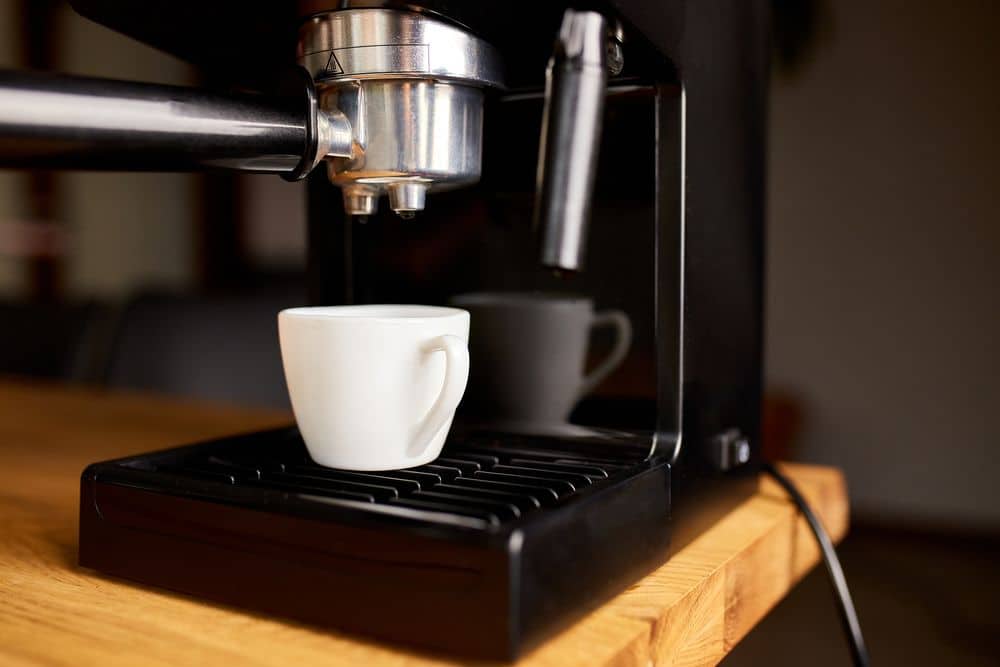
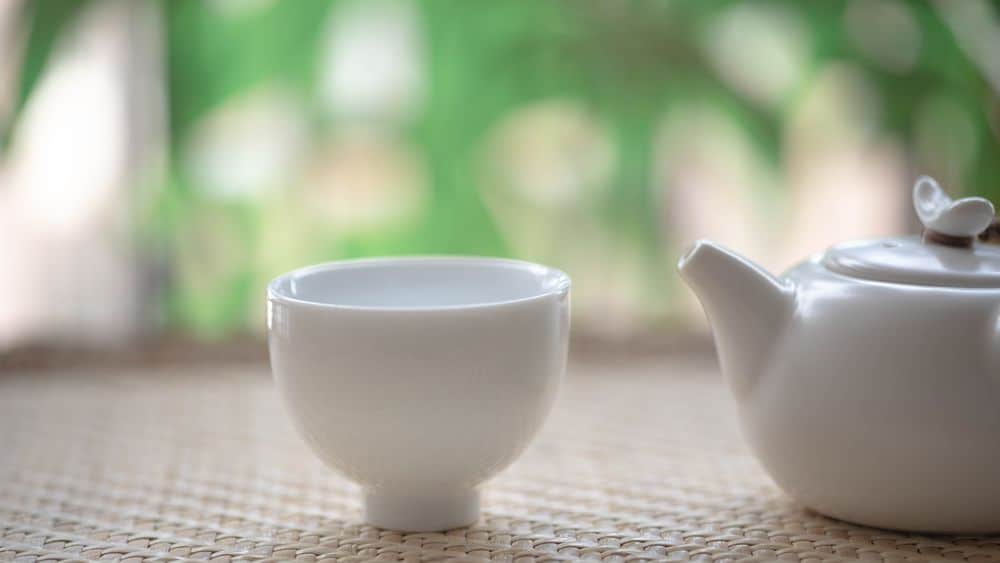
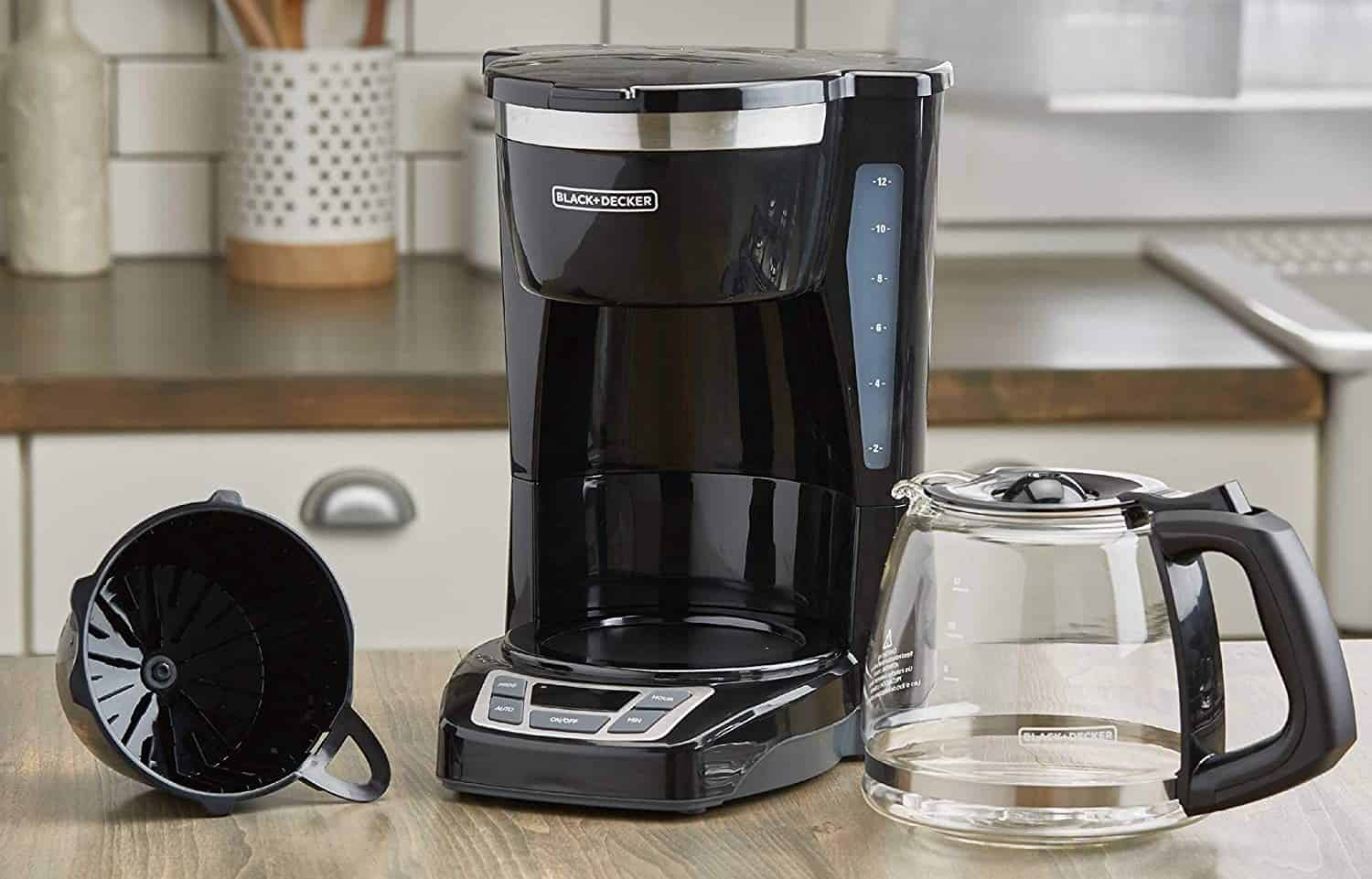
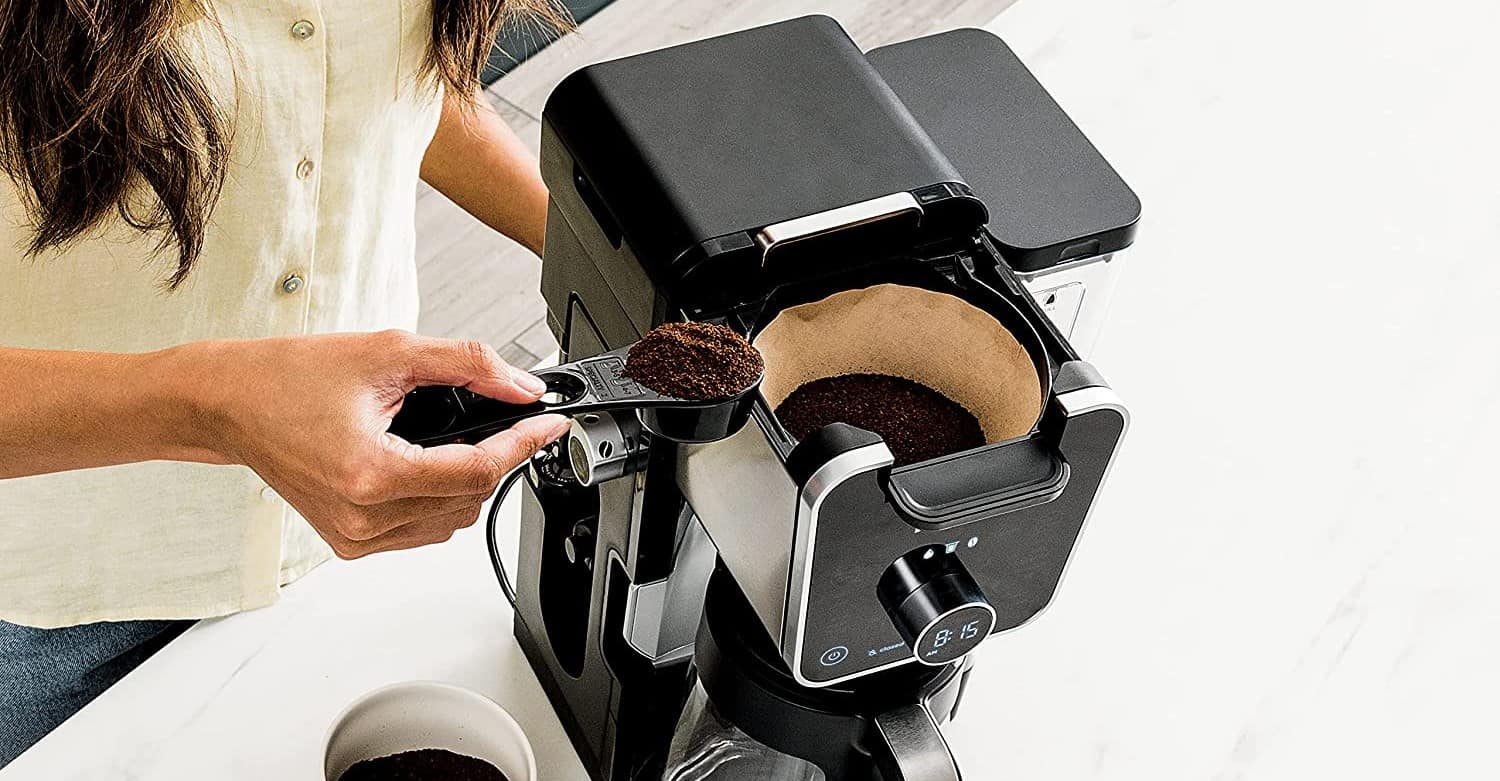
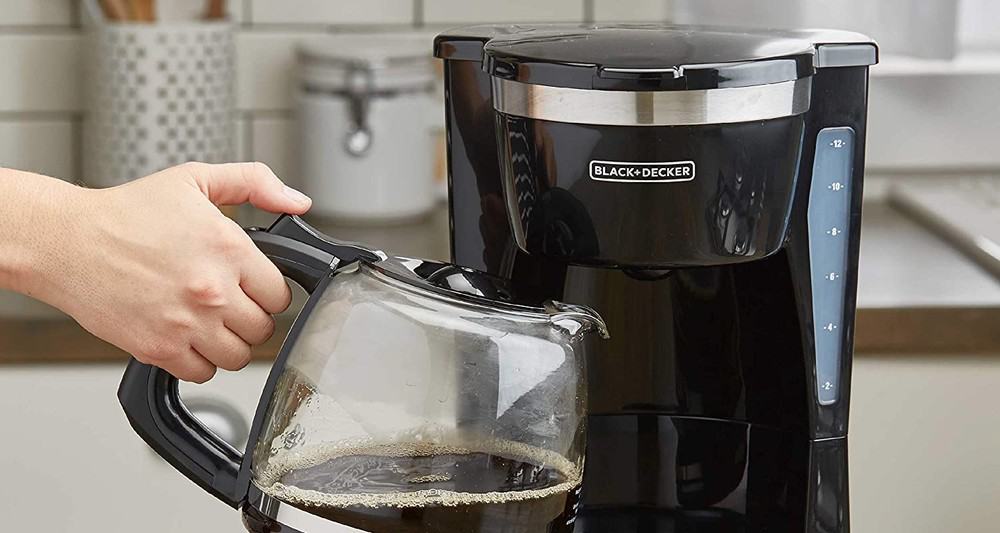
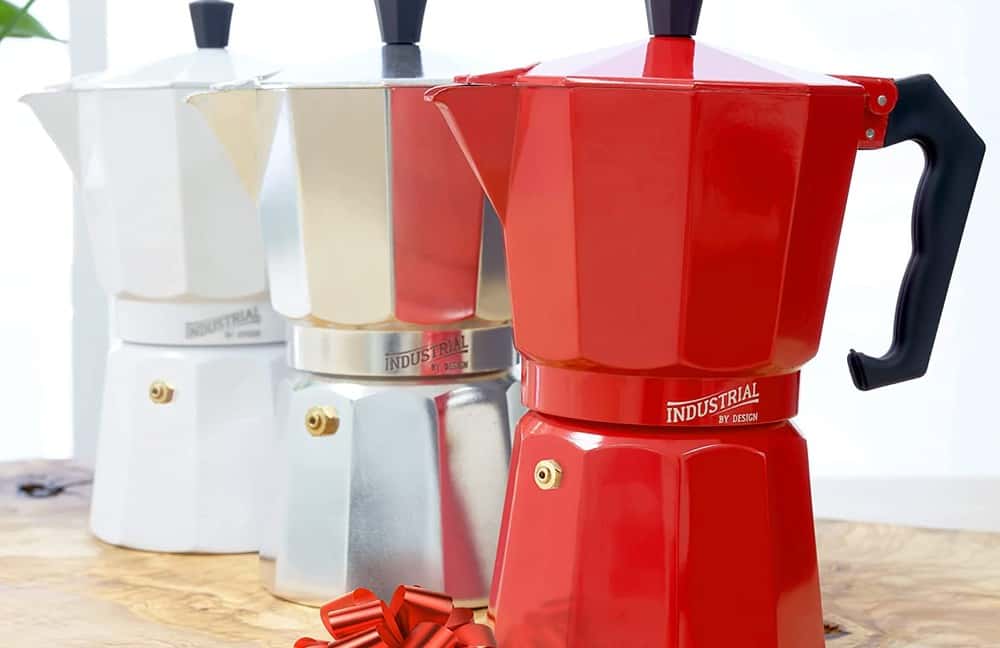
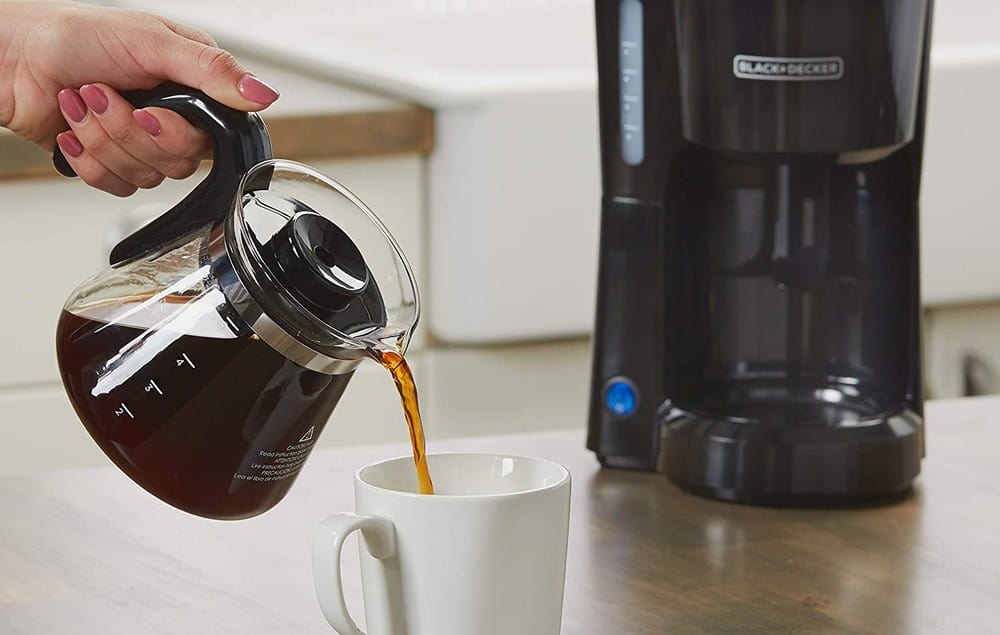
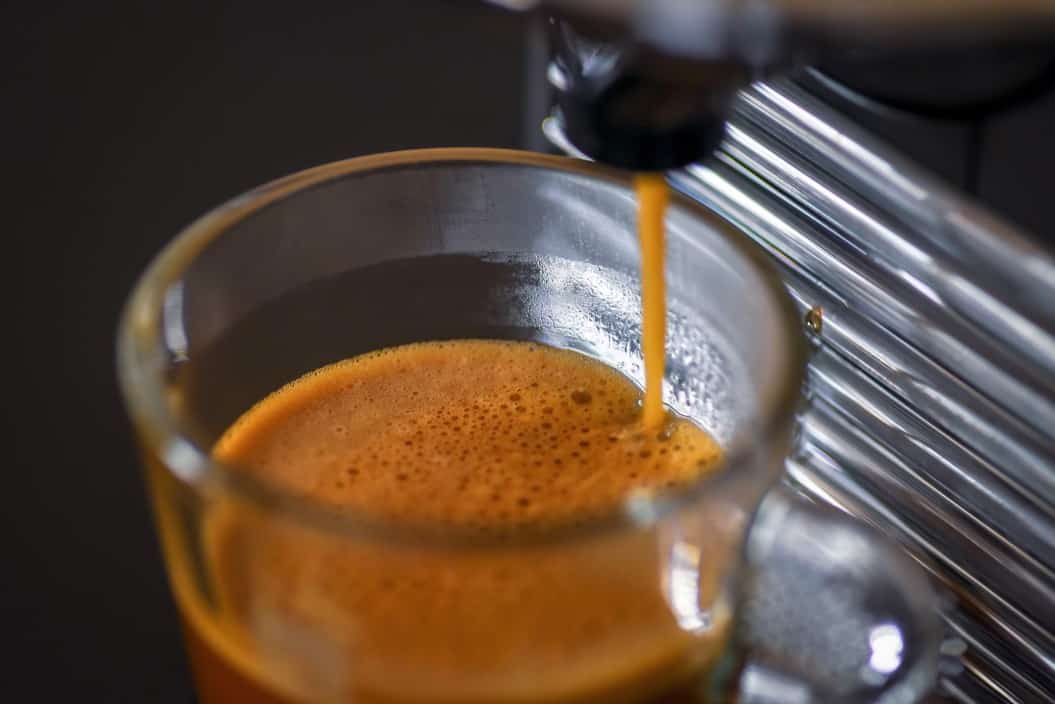



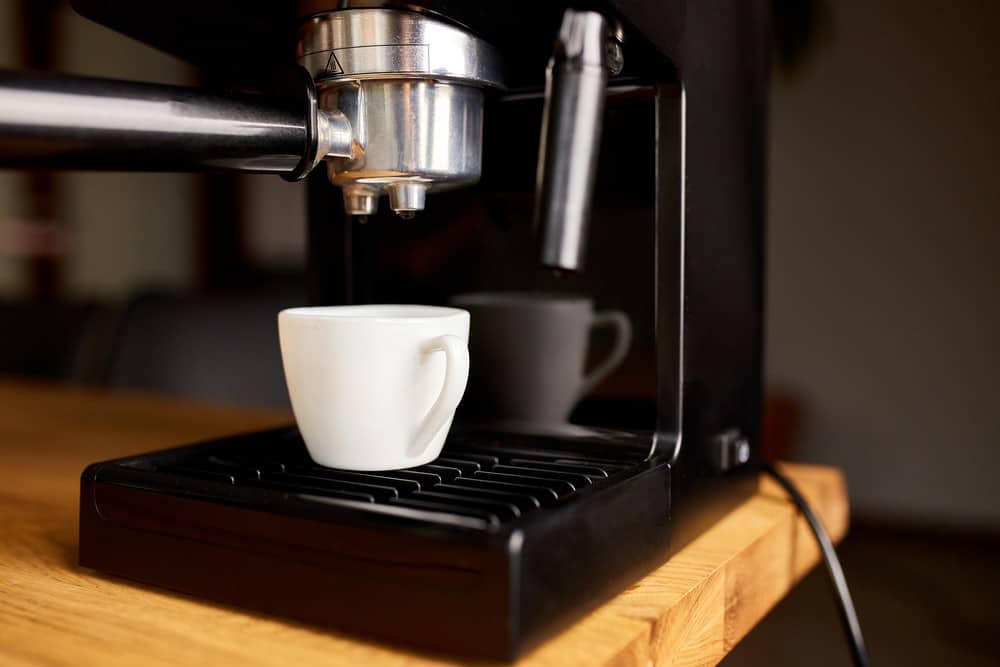

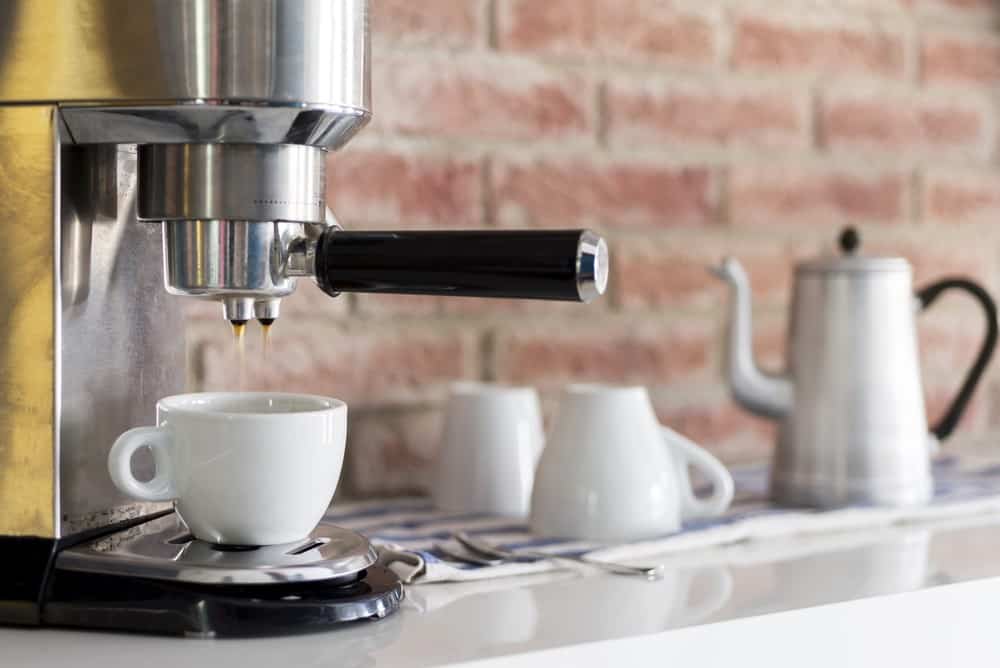
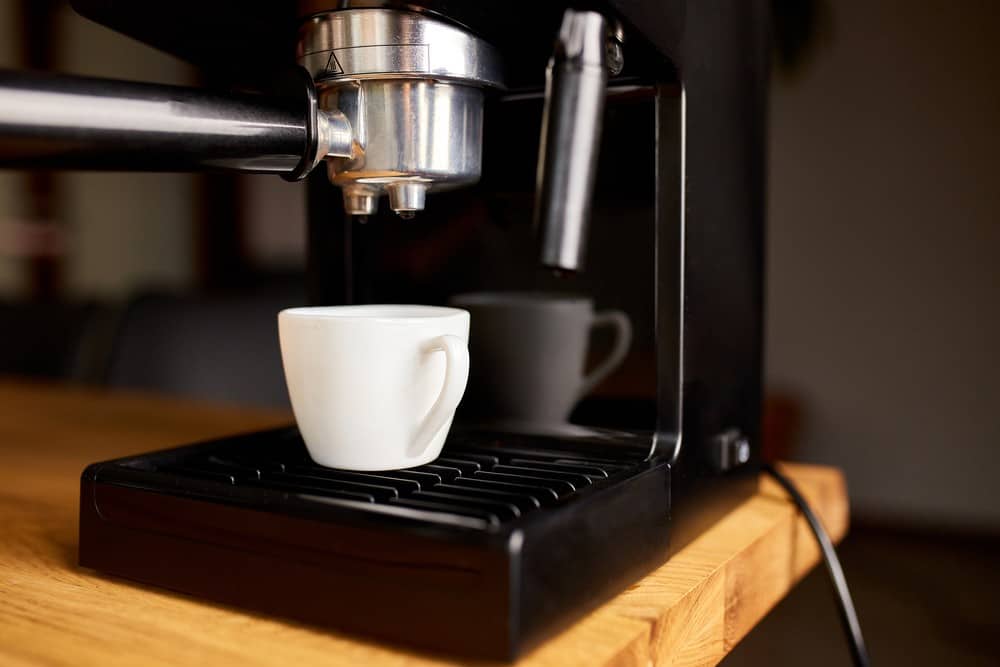
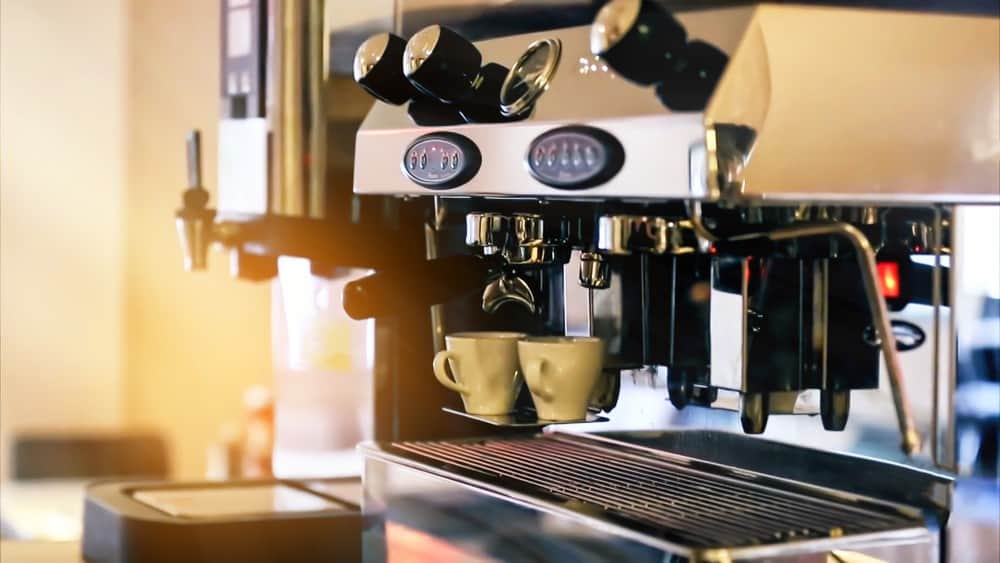
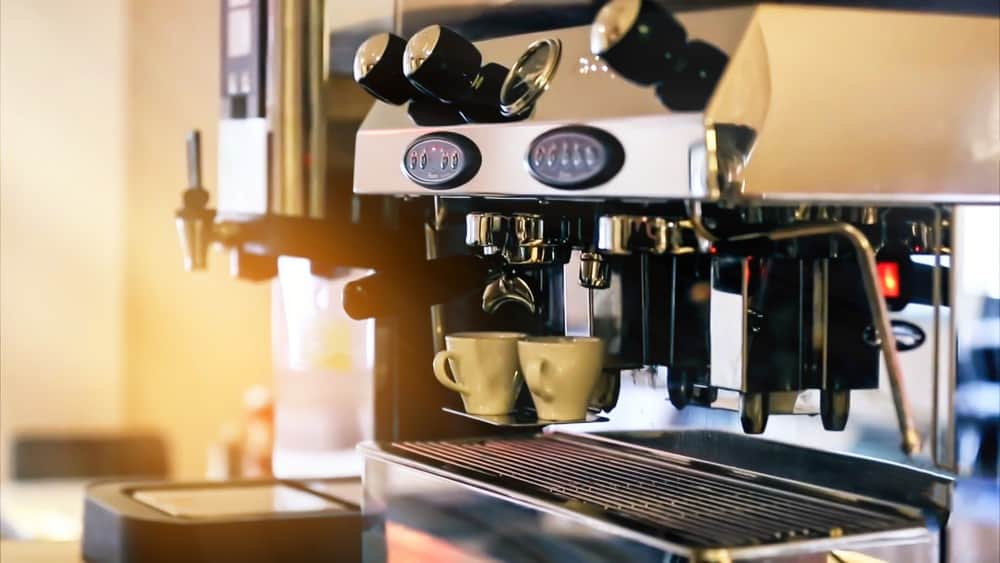

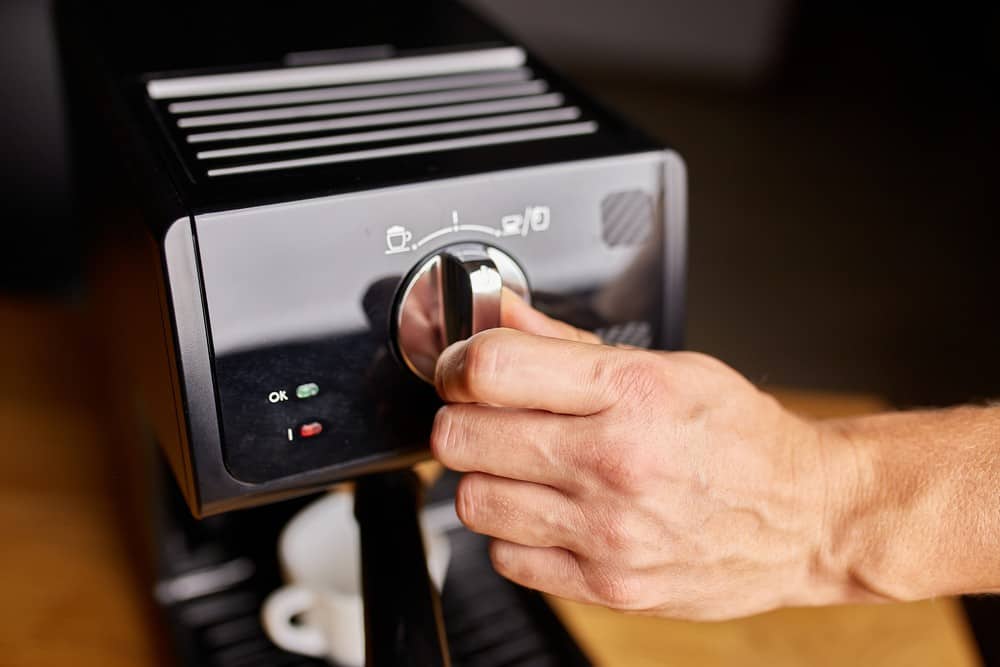
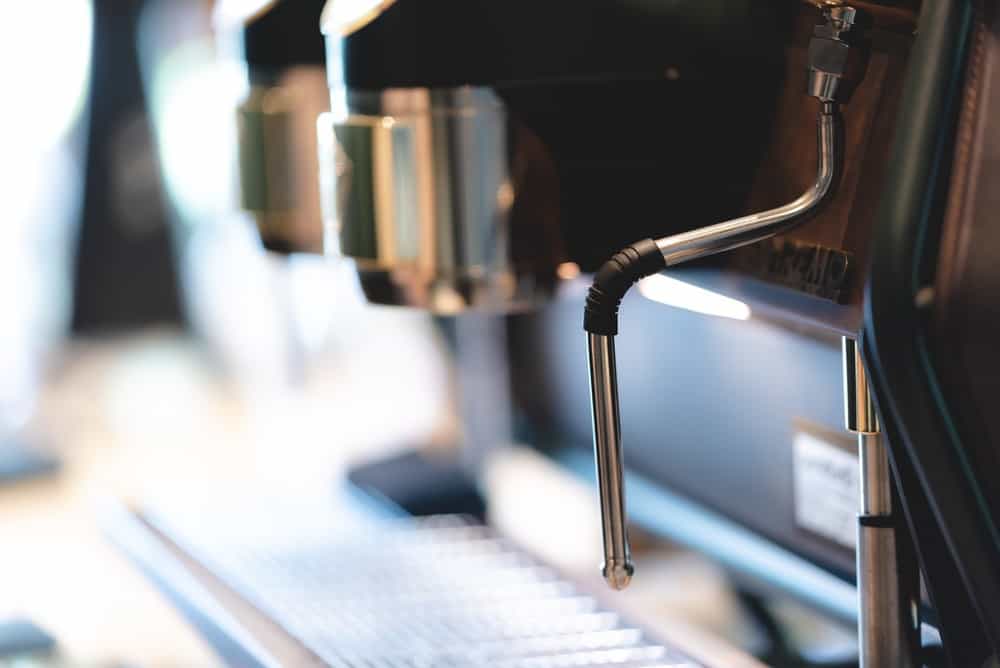
![Best Keurig Alternatives in [year] 27 Best Keurig Alternatives in 2025](https://www.gadgetreview.dev/wp-content/uploads/best-keurig-alternative-image.jpg)
![Best Semi Automatic Espresso Machines in [year] 28 Best Semi Automatic Espresso Machines in 2025](https://www.gadgetreview.dev/wp-content/uploads/best-semi-automatic-espresso-machine-image.jpg)
![Best Coffee and Espresso Makers in [year] 29 Best Coffee and Espresso Makers in 2025](https://www.gadgetreview.dev/wp-content/uploads/best-coffee-and-espresso-maker-image.jpg)
![Best Kitchen Appliances in [year] ([month] Reviews) 30 Best Kitchen Appliances in 2025 (December Reviews)](https://www.gadgetreview.dev/wp-content/uploads/best-kitchen-appliances.jpg)
![Quietest Coffee Makers in [year] 31 Quietest Coffee Makers in 2025](https://www.gadgetreview.dev/wp-content/uploads/quietest-coffee-maker-image.jpg)
![Best Prosumer Espresso Machines in [year] 32 Best Prosumer Espresso Machines in 2025](https://www.gadgetreview.dev/wp-content/uploads/71ytF6efAlL._AC_SL1500_.jpg)
![Best Single Serve Coffee Maker No Pods in [year] 33 Best Single Serve Coffee Maker No Pods in 2025](https://www.gadgetreview.dev/wp-content/uploads/best-k-pod-coffee-image-1.jpg)
![Best Coffee Makers for Hard Water in [year] 34 Best Coffee Makers for Hard Water in 2025](https://www.gadgetreview.dev/wp-content/uploads/best-coffee-maker-for-hard-water-image.jpg)
![Best Dual Boiler Espresso Machines in [year] 35 Best Dual Boiler Espresso Machines in 2025](https://www.gadgetreview.dev/wp-content/uploads/best-dual-boiler-espresso-machine-image.jpg)
![Best Coffee Makers for RV in [year] 36 Best Coffee Makers for RV in 2025](https://www.gadgetreview.dev/wp-content/uploads/best-coffee-maker-for-rv-image.jpg)
![Best Ninja Coffee Makers in [year] 37 Best Ninja Coffee Makers in 2025](https://www.gadgetreview.dev/wp-content/uploads/best-ninja-coffee-maker-image.jpg)
![Best Breville Espresso Machines in [year] 38 Best Breville Espresso Machines in 2025](https://www.gadgetreview.dev/wp-content/uploads/best-breville-espresso-machine-image.jpg)
![Best 5 Cup Coffee Makers in [year] 39 Best 5 Cup Coffee Makers in 2025](https://www.gadgetreview.dev/wp-content/uploads/best-5-cup-coffee-maker-image.jpg)
![Best Commercial Coffee Makers in [year] 40 Best Commercial Coffee Makers in 2025](https://www.gadgetreview.dev/wp-content/uploads/best-commercial-coffee-maker-image.jpg)
![Best Commercial Espresso Machine for a Small Coffee Shop in [year] 41 Best Commercial Espresso Machine for a Small Coffee Shop in 2025](https://www.gadgetreview.dev/wp-content/uploads/best-commercial-espresso-machine-small-coffee-shop-image.jpg)
![Best Coffee for Moka Pot in [year] 42 Best Coffee for Moka Pot in 2025](https://www.gadgetreview.dev/wp-content/uploads/best-coffee-for-moka-pot-image.jpg)
![Best USA Made Coffee Makers in [year] 43 Best USA Made Coffee Makers in 2025](https://www.gadgetreview.dev/wp-content/uploads/best-usa-made-coffee-makers-image.jpg)
![Fastest Coffee Makers in [year] 44 Fastest Coffee Makers in 2025](https://www.gadgetreview.dev/wp-content/uploads/fastest-coffee-maker-image.jpg)
![Best SCAA Certified Coffee Makers in [year] 45 Best SCAA Certified Coffee Makers in 2025](https://www.gadgetreview.dev/wp-content/uploads/best-scaa-certified-coffee-maker-image.jpg)
![Best Smart Coffee Makers in [year] 46 Best Smart Coffee Makers in 2025](https://www.gadgetreview.dev/wp-content/uploads/best-smart-coffee-maker-image.jpg)
